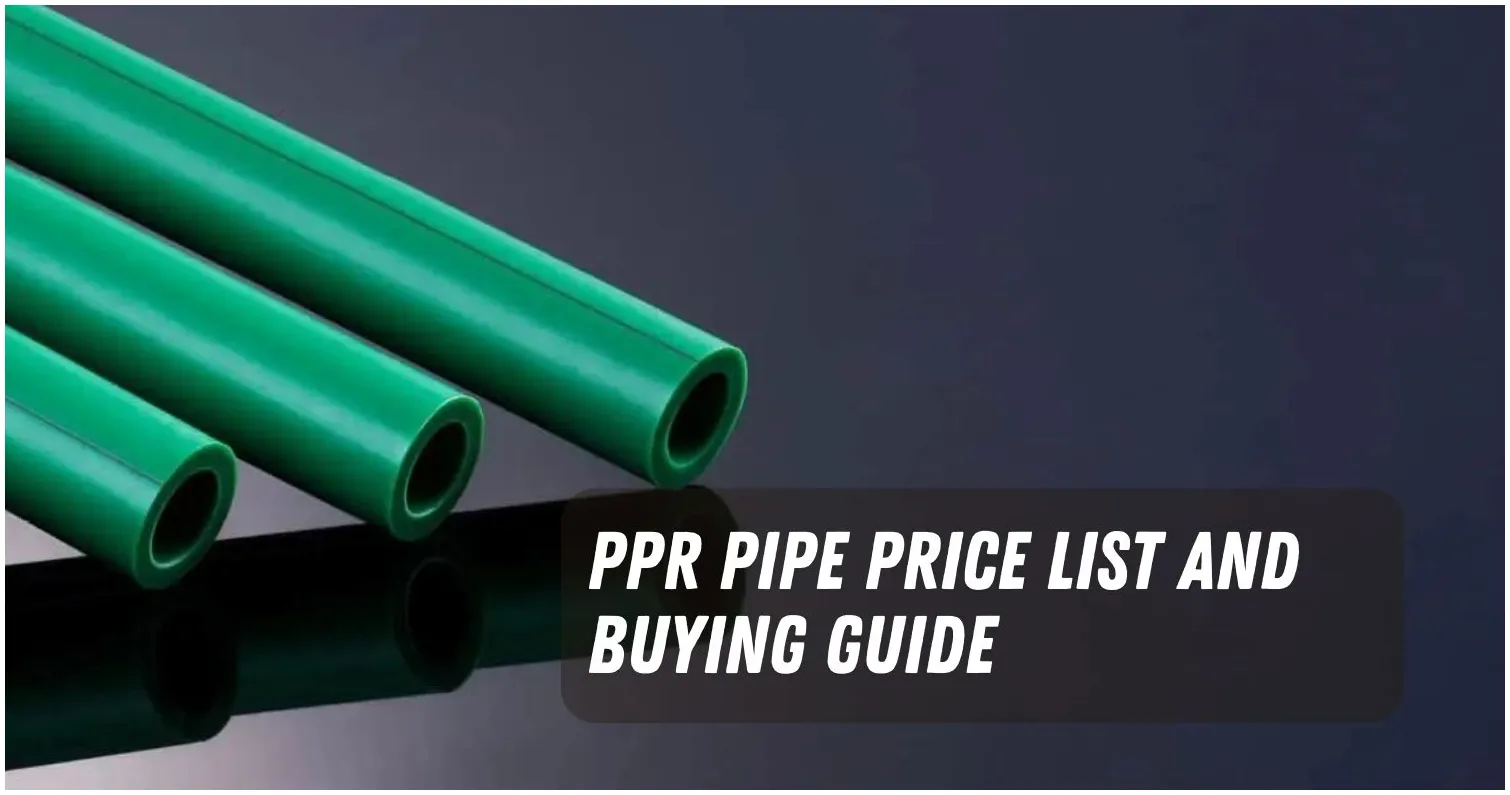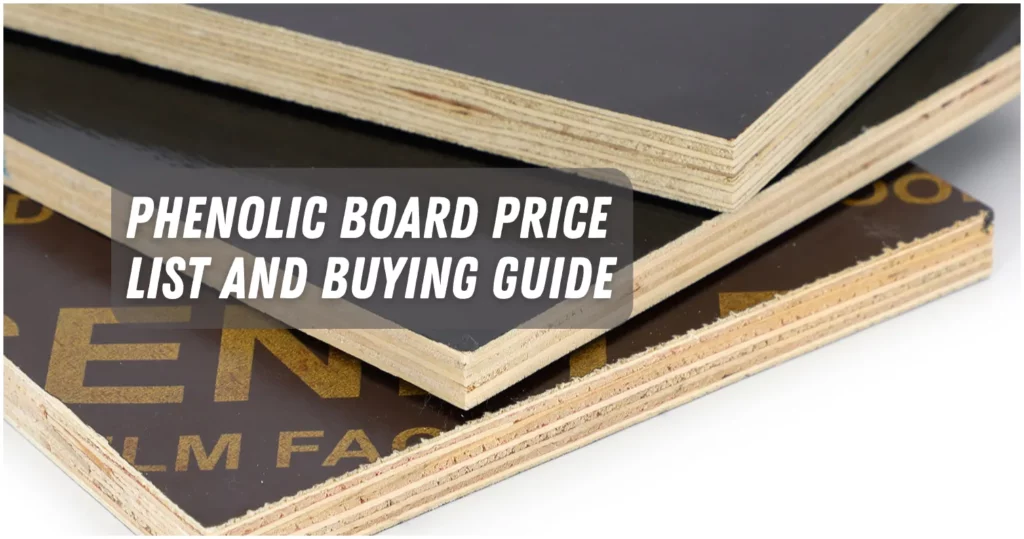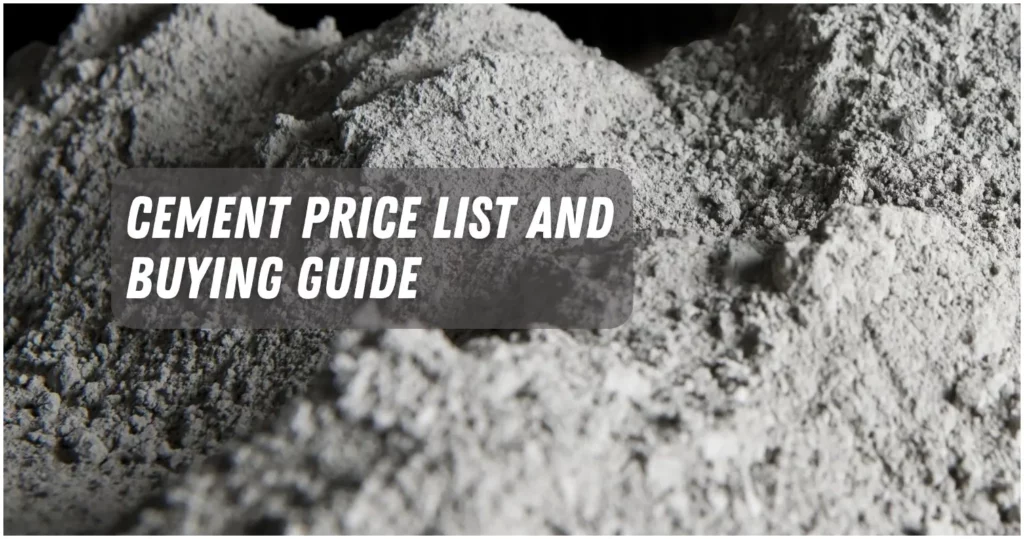If you’re looking for a plumbing solution that is both durable and affordable in terms of price for your home or business, PPR pipes may be familiar to you.
Polypropylene random copolymer, or PPR, is a type of plastic that is often used for pipes and has prices that usually range from ₱60 to ₱1,900.
In this article, we’ll talk about PPR pipes’ uses, including PPR pipe price in the Philippines, uses, standard sizes, and other important things you should know before buying them.
What Does PPR Pipe Mean?

PPR is an abbreviation for polypropylene random copolymer, a type of plastic material commonly used in the manufacture of pipes.
In order to create PPR pipes, PPR resin is melted and extruded into a variety of forms.
PPR pipes can withstand extreme temperatures, corrosion, chemicals, and impact. They are also adaptable, lightweight, and simple to install.
PPR Pipe’s Uses
PPR pipes are most often used to bring hot and cold water into homes and businesses.
You can also use them for heating, air conditioning, compressed air, industrial applications, and irrigation.
PPR pipes also can handle chemicals, high temperatures, high pressures, and don’t rust or scale.
PPR Pipe Standard Size

Depending on the use and pressure rating, PPR pipes come in different sizes and thicknesses.
PPR pipes are usually 4 meters long, but they can be cut to fit different needs. Most PPR pipes come in these sizes:
- 20 mm (half an inch)
- 25 mm (3/4″).
- 1 inch (32 mm)
- 40 mm (1 1/4 in)
- 50 mm (1.5 inches)
- 2 inches (63 mm)
- 75 mm (2.5 inches)
- 3 inches (90 mm)
- 4 inches (110 mm)
Type PPR Pipe

PPR pipes come in three main types: PN10, PN16, and PN20. As the PN number goes up the pipe gets thicker and stronger.
PN stands for “nominal pressure,” which is the maximum pressure that the pipe can handle at 20°C.
Here’s a quick look at how the three are different:
- PN10: Suitable for low-pressure cold water supplies. It has walls that are between 2.0 and 14.6 mm thick and can hold 10 bar of pressure.
- PN16: Can supply hot and cold water at medium pressure. It can handle 16 bar of pressure and has walls that are 2.3–18.4 mm thick.
- PN20: Can supply hot and cold water under high pressure. It has a wall thickness of between 2.8 and 22.7 mm and can hold up to 20 bar of pressure.
PPR Pipe Price List

Most of the time, PPR pipes cost more than PVC or PE pipes but less than copper or metal pipes.
Here is a sample price list from one of the leading suppliers in the Philippines to give you an idea of how much PPR pipes cost there:
| Size | Type | Price per meter |
|---|---|---|
| 20 mm | PN10 | ₱60 |
| 25 mm | PN10 | ₱75 |
| 32 mm | PN10 | ₱110 |
| 40 mm | PN10 | ₱160 |
| 50 mm | PN10 | ₱230 |
| 63 mm | PN10 | ₱360 |
| 75 mm | PN10 | ₱500 |
| 90 mm | PN10 | ₱750 |
| 110 mm | PN10 | ₱1,100 |
| 20 mm | PN16 | ₱80 |
| 25 mm | PN16 | ₱100 |
| 32 mm | PN16 | ₱150 |
| 40 mm | PN16 | ₱220 |
| 50 mm | PN16 | ₱320 |
| 63 mm | PN16 | ₱480 |
| 75 mm | PN16 | ₱680 |
| 90 mm | PN16 | ₱1,000 |
| 110 mm | PN16 | ₱1,500 |
| 20 mm | PN20 | ₱100 |
| 25 mm | PN20 | ₱125 |
| 32 mm | PN20 | ₱190 |
| 40 mm | PN20 | ₱280 |
| 50 mm | PN20 | ₱410 |
| 63 mm | PN20 | ₱610 |
| 75 mm | PN20 | ₱860 |
| 90 mm | PN20 | ₱1,250 |
| 110 mm | PN20 | ₱1,900 |
Please note that these prices can change at any time without notice. Check with your local supplier to find out the most up-to-date prices and what’s available.
What are the pros and cons of a PPR pipe?
PPR pipes have several advantages over other types of pipes:
- They are durable and have a long lifespan, lasting up to 50 years with proper installation and maintenance.
- PPR pipes are environmentally friendly and can be recycled. They do not contain harmful chemicals or emit hazardous gases.
- These pipes ensure water safety and cleanliness by preventing the passage of chemicals and metals into the water supply.
- PPR pipes are efficient and reliable, offering a high flow rate, minimal noise, and low friction loss.
- They are easy and quick to install, using heat fusion or electrofusion to create strong, leak-proof joints.
However, PPR pipes also have a few drawbacks to consider:
- They are sensitive to sunlight and UV rays, requiring coverage or insulation to prevent degradation and cracking over time.
- Some fittings and accessories may not be compatible with PPR pipes, necessitating the use of specific fittings and tools that may be harder to find or more expensive.
- PPR pipes are not suitable for transporting corrosive liquids such as gas or oil, as they can damage the pipe material.
What You Need to Know About the PPR Pipe
Before you buy or install PPR pipes, you should know a few important things, like:
- Is PPR preferable to PVC pipe?
Although PPR pipes are more heat and pressure resistant, PVC pipes are less expensive and lighter. Select the pipe that best meets your requirements. - Is it okay to use hot water in a PPR pipe?
Yes, PPR pipes can withstand hot water temperatures up to 95°C. Use the proper PPR pipe for your area’s temperature and pressure. - Which is better: PPR or HDPE pipe?
PPR pipes can withstand higher temperatures and pressures than HDPE pipes. Select based on your specific requirements. - Is it possible to run diesel through a PPR pipe?
PPR pipes are not suitable for diesel or oil. For those applications, use pipes made of metal or other appropriate materials. - How long will PPR pipe last?
The lifespan of a PPR pipe is determined by several factors. PPR pipes can last up to 50 years with proper installation and maintenance.
We hope that this article has given you all the information you need about the price of PPR pipe in the Philippines and other related topics.
If you have any questions or thoughts about PPR pipes or material price in general, feel free to leave them below. We’d be happy to hear from you.
[ratings]

